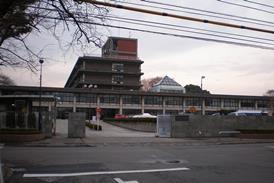Close menu
- Home
-
News
- Back to parent navigation item
- News
- Traction and rolling stock
- Passenger
- High speed
- Freight
- Infrastructure
- Policy
- Technology
- Ticketing
- Business
- Research, training and skills
- Accessibility and inclusion
- People
- Urban rail news
- Suburban and commuter rail
- Metro
- Light rail and tram
- Monorail and peoplemover
- Regions
- InnoTrans
- In depth
- Events
- Data
- Maps
- Tenders & Jobs
- Sponsored content
- Insights
Channel Tunnel shuttle Entry/Exit System preparations completed
By Railway Gazette International2024-08-29T11:00:00

EUROPE: Channel Tunnel concessionaire Getlink has completed a €80m three-year programme of changes to its car and lorry shuttle train terminals at Folkestone and Coquelles ahead of the introduction of the EU Entry/Exit System, which is now scheduled for November 2024.
Already have an account? LOG IN
To continue…
You’ve reached your limit of content for the month














